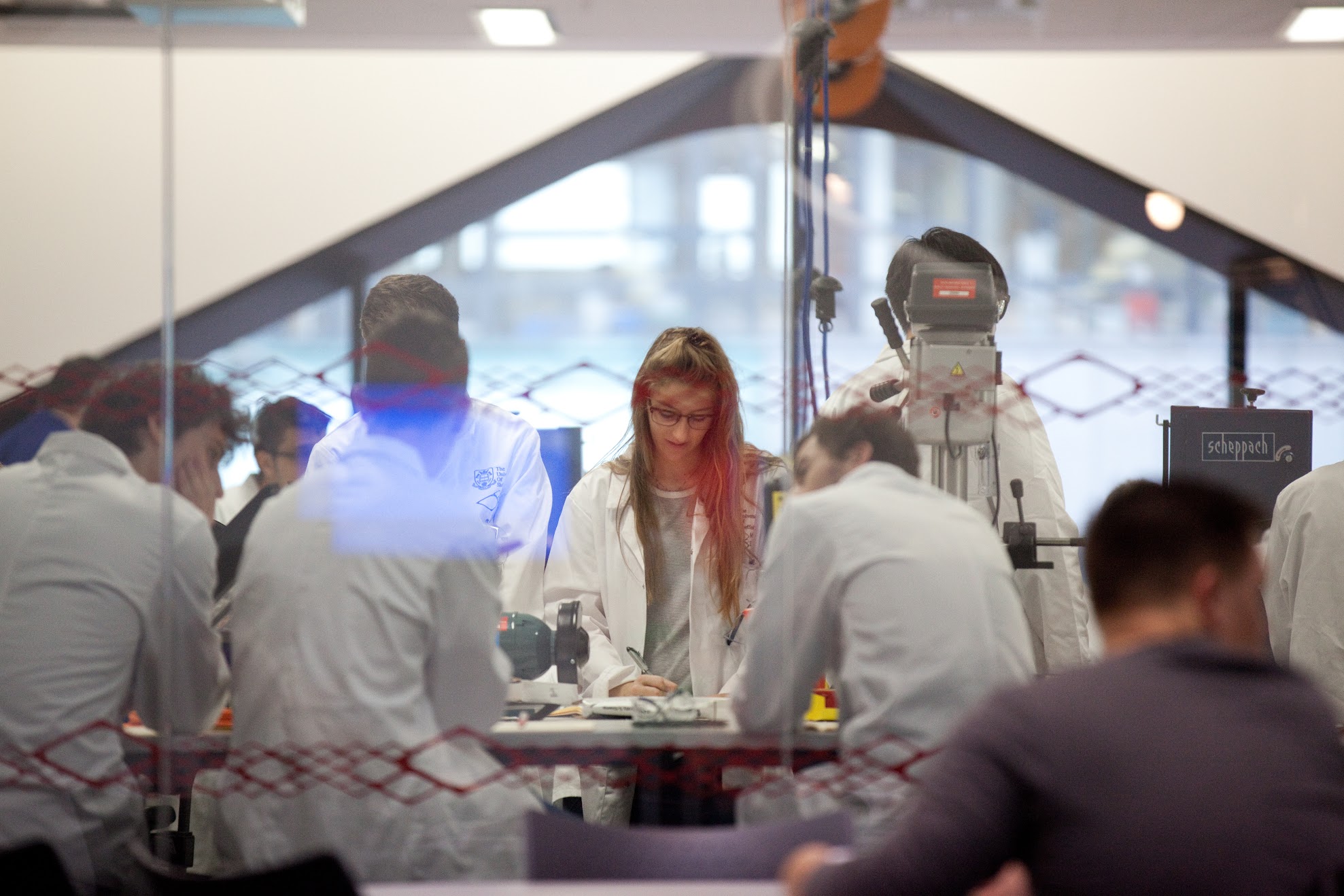
Aim and Objectives
A good introduction starts broad and becomes more focused, funneling down from the background of the project to the specifics of the research problem. It is here that you will articulate the aim and objectives of the project.
The aim is your overall intention for the project. It is the reason why you are doing the research and signals where you hope to be by the end. The objectives are the specific steps you will take to get there.
When writing an aim, the convention is to use an infinitive verb – that is a to + action. This could be to measure, to investigate, to verify, to compare, to calculate…
A typical aim might read something like:
“The aim of this experiment was to determine how the elastic behaviour of a piece of bungee cord varied with applied load”.
The objectives are the specific steps you will take to achieve your aim. These are usually formatted as a numbered list to make it easy to see the main steps of the project.
Objectives for the above aim might be:
- To apply increasing load to a piece of bungee cord and measure the deflection.
- To examine the relationship between spring constant and applied load.
- To calculate the natural frequency from spring constant values, at various loads.
- To compare an experimental value of natural frequency with a predicted value.
The objectives should be specific and measurable. Each objective should build on the previous one and as such guide the reader through the structure of the report. This way the reader will have a clear idea about how the rest of the report fits together.
Be aware that the objectives are not all of the steps of the project. For example “investigate the context of the problem” is not an objective, it is a necessary step in all projects.
For most projects, you should intend to have a single aim that covers the overall conclusion you wish to make from the work. For the objectives, it might be worth breaking the project down into stages and to write an objective to describe each stage. For example, in a data driven project, there might be collection, processing and analysis phase.
The aim and objective should be put near the start of the report, within the introduction, as it will give clear direction to the reader and allow them to understand the context and theory presented given the overall aim. This is especially relevant to the objectives, in that the theory will be set out using those objectives.